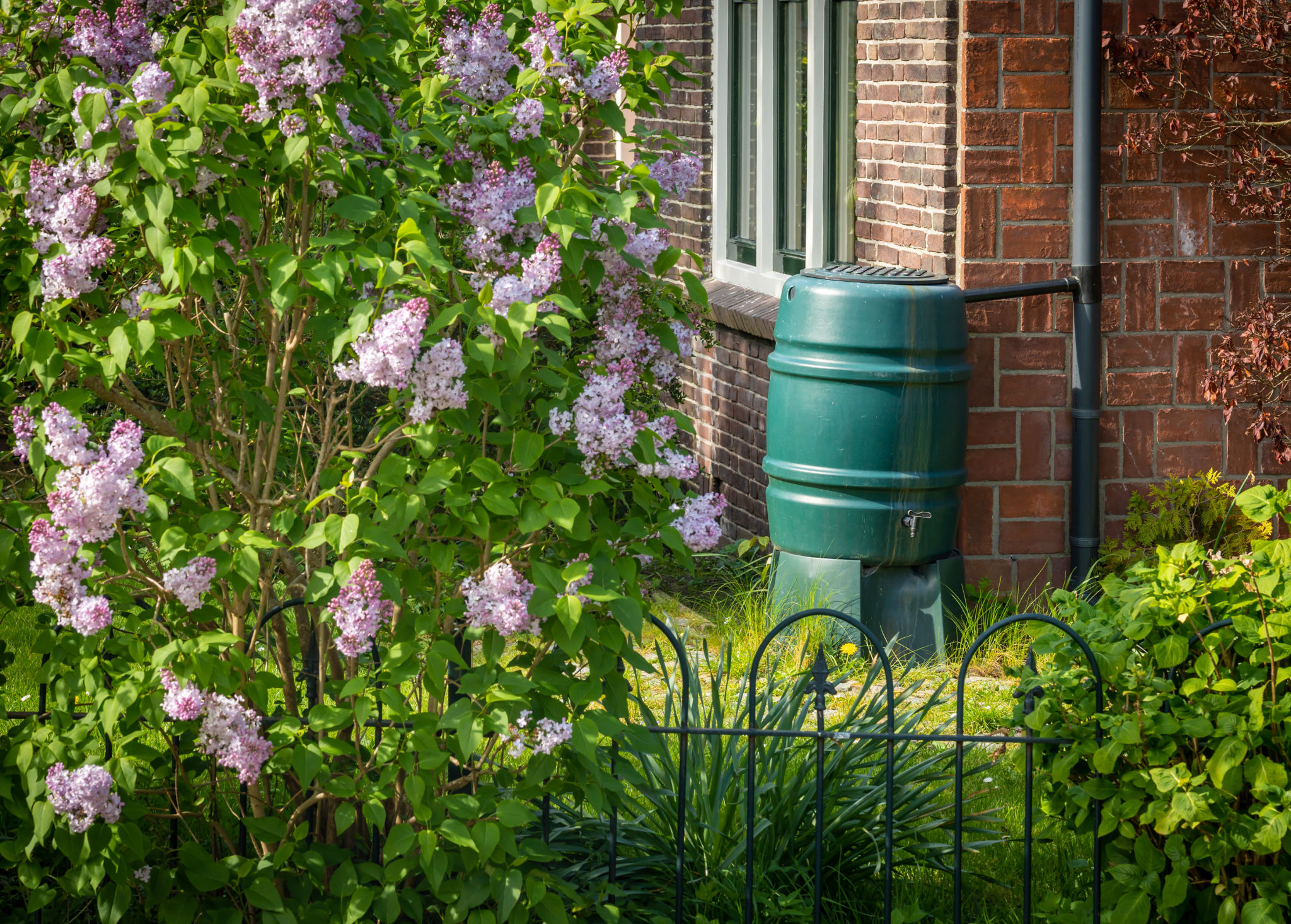Sustainable Landscape Solutions for Jefferson County Homes
MP
Introduction to Sustainable Landscaping
Creating a sustainable landscape in Jefferson County is more than just a trend; it's a necessary step towards preserving our environment. By incorporating eco-friendly practices, homeowners can reduce their environmental footprint while enhancing the beauty of their surroundings. Sustainable landscaping not only benefits the planet but also promotes biodiversity and reduces maintenance costs.

Choosing Native Plants
One of the most effective ways to create a sustainable landscape is by using native plants. Native species are adapted to the local climate and soil conditions, which means they require less water, fertilizers, and pesticides. In Jefferson County, consider planting species like Black-eyed Susan, Eastern Redbud, and Northern Red Oak. These plants support local wildlife and contribute to the ecological balance.
Incorporating native plants into your garden not only enhances its natural beauty but also fosters a habitat for local pollinators such as bees and butterflies. By doing so, homeowners can play a crucial role in preserving the ecosystem.
Water Conservation Techniques
Water conservation is a key component of sustainable landscaping. Implementing techniques like rainwater harvesting and drip irrigation can significantly reduce water usage. Homeowners in Jefferson County can install rain barrels to collect rainwater from roofs, which can then be used to water plants during dry periods.

Additionally, utilizing mulch around plants helps retain soil moisture and prevent evaporation. This simple yet effective method reduces the need for frequent watering and keeps plants healthy during hot summer months.
Soil Health and Composting
Maintaining healthy soil is essential for a thriving sustainable landscape. One way to achieve this is through composting, which enriches the soil with nutrients and improves its structure. Homeowners can create their own compost using kitchen scraps and yard waste, reducing landfill waste in the process.
Composting also helps improve soil aeration and water retention, providing an excellent growing environment for plants. By nurturing soil health, you ensure a robust landscape that requires fewer chemical interventions.

Reducing Lawn Size
Traditional lawns are water-intensive and often require chemical fertilizers and pesticides. Reducing the size of your lawn and replacing it with ground covers, wildflower meadows, or other low-maintenance alternatives can significantly decrease your environmental impact.
Consider incorporating diverse plantings that offer visual interest throughout the year. This approach not only reduces maintenance but also enhances biodiversity and resilience against pests and diseases.
Implementing Smart Landscaping Practices
Smart landscaping practices such as xeriscaping focus on using drought-tolerant plants that thrive with minimal water. In Jefferson County, homeowners can take advantage of these techniques to create beautiful landscapes that require less upkeep.
Other smart practices include grouping plants with similar water needs together and using permeable paving materials to reduce runoff and improve groundwater recharge. These strategies contribute to a more sustainable and eco-friendly garden.
Conclusion: A Greener Future
Sustainable landscaping solutions offer Jefferson County homeowners a way to reduce their environmental impact while creating beautiful outdoor spaces. By choosing native plants, conserving water, maintaining soil health, reducing lawn size, and implementing smart practices, you can cultivate a landscape that supports the environment and stands the test of time.
Embracing these sustainable solutions not only benefits your garden but also contributes to a healthier planet for future generations. As more homeowners adopt these practices, we move closer to achieving a greener and more sustainable future for Jefferson County.
